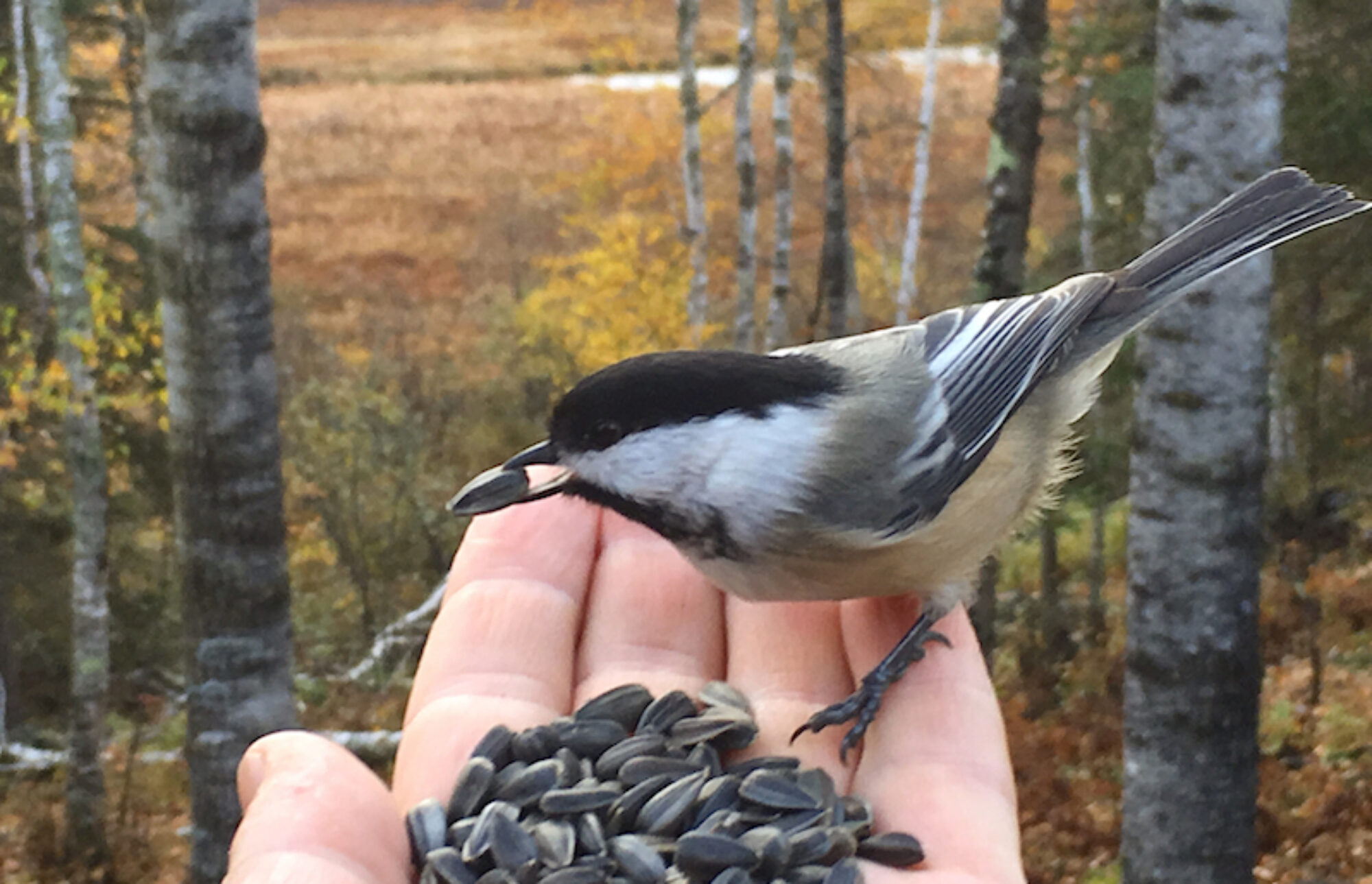Prior to Tuesday morning, if someone had for some inexplicable reason asked if I knew anything about honey- bees, I might have tried to sup- press a smug little grin, taken a deep breath, puffed out my chest, straightened my back and announced boldly — while attempting to sound modest — “a little.”
After all, I would have rationalized, my wife, Stephanie, has been a hobby beekeeper for more than six years during which time I’ve helped as much as possible; I’ve even taken the Iowa Honeybee Producer Association’s six-week beekeeping class to learn more about beekeeping; and I’ve probably read more about bees than most typical Iowans.
I could have rattled off a number of basic facts about honeybees, such as each colony may have upwards of 60,000 to 80,000 bees, only one of which is the queen; male bees, called drones, serve only one purpose, which is to mate with other queens and once that task is completed they die; and that all the thousands of “worker” bees in a colony are females.
If you opened a hive I could help you pick out the queen from amongst the thousands of other bees. She’s larger than the others and usually quite distinguishable because of her shiny, brighter golden color. What I didn’t know before Tuesday was that the reason she appears to be a different color is that although the queen starts out her adult life just like all the other bees covered by thousands of tiny hairs that are used for, among other things, the pollen gathering process, in the queen’s case the hairs are all worn off by the constant grooming she undergoes by a cadre of some 1,300 bees devoted exclusively to her well-being.
That was just one of many insights about honeybees that Carly Raye Vannoy explained to some 40 attendees at Story County Conservation’s Older Wiser Livelier Seniors program Tuesday at McFarland Park. Vannoy is the Iowa Honey Producers Association’s 2017 Iowa Honey Queen and travels the state as a sort of good-will ambassador for honeybees.
Before hearing Vannoy’s remarkable presentation — she’s a home-schooled high school senior from Urbandale who speaks with the ease, confidence and assurance of a college student working on a doctoral thesis in apiology — I could have described the honey- bees’ waggle dance, which a worker bee performs in the company of the entire colony after finding an ample resource of nectar or pollen that she wants help gathering. However, what I didn’t know after the worker bee makes its discovery and does its “bee line” directly back to the colony is that as she communicates to her sister bees in the total darkness of the hive they gather the information not from any smells or sounds she makes, but rather by vibrations they feel being emitted by the exuberant bee performing her dance.
“If she finds a patch of dandelions two miles south of the conservation center and goes back to the hive to tell the rest of the bees, once she starts the waggle dance they know exactly where they’re supposed to go,” Vannoy said.
Here are a few other fun facts from her presentation:
- Honeybees have five eyes and can fly 15 mph.
- Honeybees build tens of thousands of tiny hexagon-shaped cells used to hold eggs, pollen and honey. Each cell is identical in size and shape, and scientists have determined that the design is “less than a percent of a percent from being a perfectly efficient structure for their purpose,” Vannoy said. In other words, bees use their bodies to create the sort of super complex structures that humans can design only with the aid of tools and technology.
- The nectar used to make the honey is 87 percent water, but by thousands of bees using their wings to continually fan the frames, they elevate the temperature of the hive to the point that the excess moisture begins to evaporate. The bees don’t stop until it contains just 17 percent water. They do this always. Everywhere. Seventeen percent.
- Honeybees use a method called “festooning” in which they chain themselves together as a way of measuring space within their hive — be it a manmade or natural cavity dwelling. Since honeybees are typically only about a half-inch long, the process allows them to build row after row of honeycomb equally spaced three-eighths of an inch apart. No more. No less. Three-eighths of an inch.
- One out of every three bites of food a person eats is the direct result of the work of pollinators. Among all pollinators, honeybees account for 60 percent of pollination. Among all insect pollinators, they account for 80 percent of pollination.
- If you want to help bees but don’t want to be a beekeeper, plant native trees, bushes, vegetables and flowers in your yard and garden, don’t use pesticides and put out a couple shallow dishes of water. If you really want to attract honeybees, add a little lemongrass oil to the water. It recreates the smell of the queen’s pheromones.
Now you and I both know “a little” more about honeybees. Pretty sweet, huh?
Todd Burras can be reached at outdoorstoddburras@ gmail.com.
